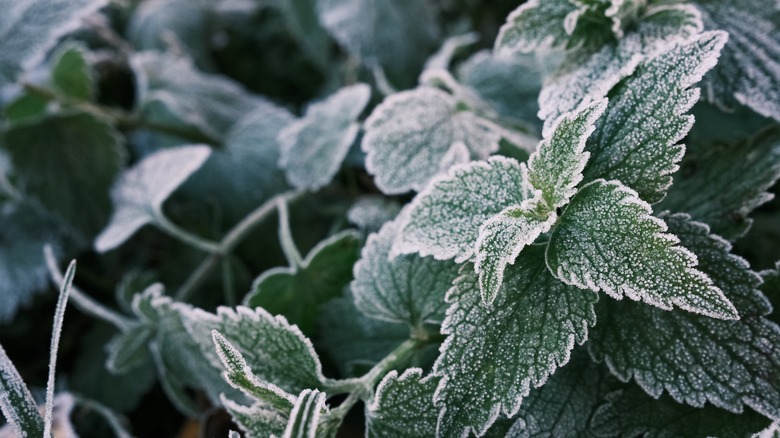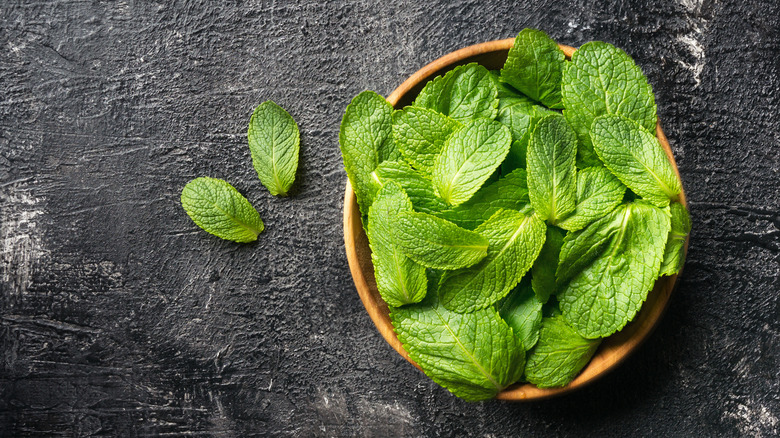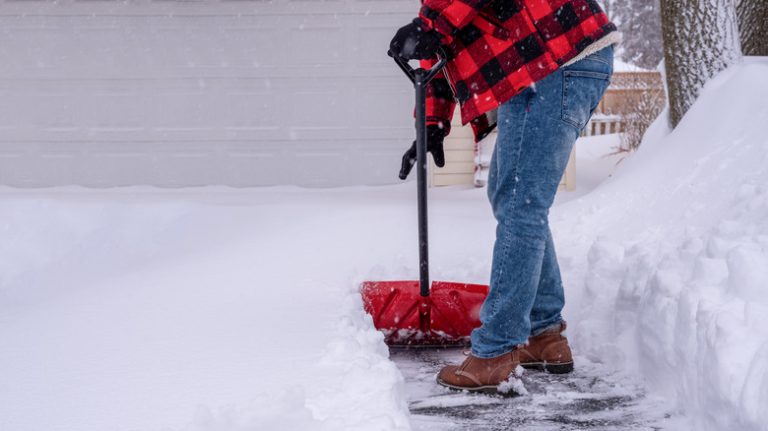Not all edible plants, especially kitchen-friendly herbs, can be successfully sown in the winter. But we recommend mint for anyone looking to grow their garden in all seasons and expand their homegrown recipe books for the colder months. Although it thrives at 50 to 75 degrees Fahrenheit, this hardy plant can survive in almost any condition, making it great to sow after the last frost.
Start with finding the variety that works best for you. Peppermint, for example, tolerates the winter season better than others. Additional options are ginger mint, Moroccan, and Egyptian mint, all intense flavors that are as unique as they are delightful. Then, decide if it’s best to grow your mint plant indoors or outdoors. Monitor the weather in your area. If you typically have harsh winters, placing your mint plant indoors in an area with great lighting is key.
But if your winter permits, growing mint outside is a great option because they’ll need minimal protection if potted correctly. Keep reading for a step-by-step guide to potting your mint plant during the winter.
How to properly grow mint in the winter

Keeping your plants thriving in the winter starts with selecting the correct container. You want one with excellent drainage so that overwatering doesn’t happen. In the winter, the amount of water your mint plant needs depends on the light it receives. Though mint grows best in moist conditions, it’s best to water only when your plant is dry to avoid root and leaf diseases.
It’s integral to allow your mint’s roots to grow strong during the winter. We recommend pots for both indoor and outdoor mint to keep them contained, as they can grow all over. Any herb grown indoors, particularly mint, should have a pot about 12 to 14 inches in diameter to establish a healthy foundation. Once you decide the location of your mint, provide the correct shelter. If potting mint is simply out of the question, select a damp area with 100% direct sun or 50% shade. Use these same conditions for your potted mint outdoors.
If your mint is cozying up indoors, placing their pots against a west-facing or south-facing wall, away from windows, will provide warmth to keep them regulated. Though the seedlings may appear to be dying during the winter, know that the hardy roots will help them sprout come spring.
Preparing your mint to survive the colder weather

Many plants need to be overwintered before temperatures start dropping so that they can properly survive chilly air and freezing soil, and mint is no exception. Start by removing dead or dying leaves from your mint plant. Cover the plant with leaves and twigs, then use garden fleece to surround your container, which will protect your plant from freezing. Protection is key.
Once properly sheltered, fertilization can provide additional nutrients that mint naturally lacks access to during the colder season. Fertilizer also significantly impacts your plant’s growth cycle. Start this process as the winter season subsides. Feed your potted mint diluted fertilizer every 4 to 6 weeks. Fertilizer can also be applied directly on the dirt outside for unpotted mint plants to ensure a nutrient-dense environment. By early spring, you’ll have healthy mint suitable for any recipe or simply as a beautiful plant with a tantalizing smell.
Another essential tip to take note of is how to deal with pests. Spider mites are common critters around mint plants, but this may not be as big of an issue during the colder seasons. This is a benefit to planting mint in the winter. Keep an eye out for warning signs your plant has spider mites, like specks of discoloration. If you don’t discover the infestation for some time, use strong jets of water, neem oil, and insecticide soap to reduce or eliminate the problem and keep your mint healthy and thriving.



